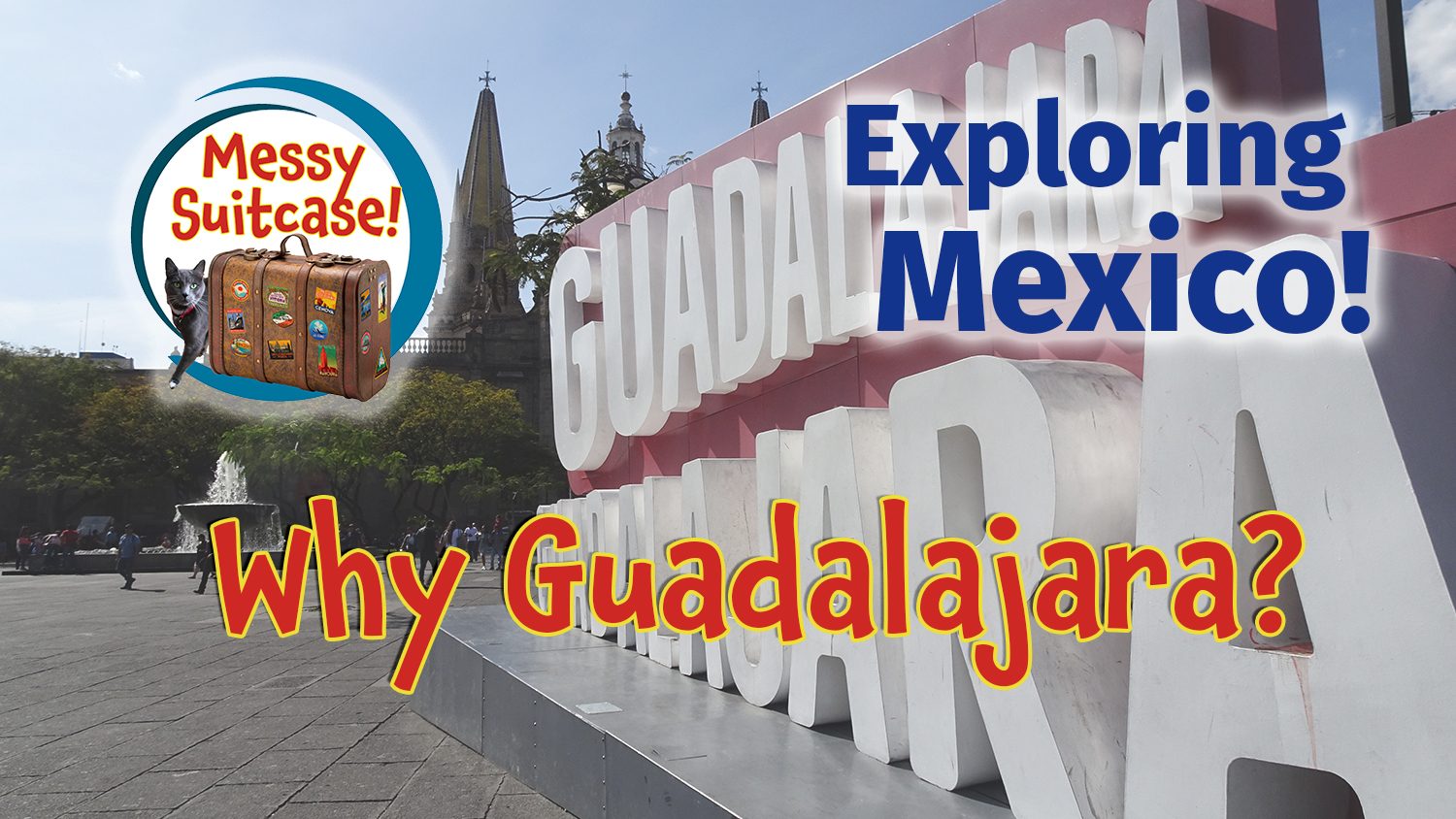We are avid road cyclists. We loved living in Colorado
because of the many glorious riding routes we could choose from, ranging from bike
trails into Denver to loops on mountain roads. We usually rode two or three times
a week, including a long ride on the weekend. Lisa rocks a Specialized carbon
fiber road bike with about 27 gears, and Bob has a classic green Bianchi.
So we optimistically brought our road bikes to Mexico on the
back of our car, hoping to continue our healthy habit and explore Mexico on two
wheels.
Trying to Find a Safe Place to Ride
I knew we were coming to a city of 5 million, people and despite
researching online, I couldn’t find any active road cycling clubs, or even
decent rides, on our favorite cycling route app,
MapMyRide. Nonetheless, every night
during the drive to Mexico we dutifully took them off the car and took them
into the hotel rooms, and now the bikes live in the guest room of our house in Tlaquepaque.
But they don’t see the road much, and neither do we.
The roads in Tlaquepaque are rough, narrow, virtually
unsigned, and often chaotic. We’ve only driven the car four times in the four
months we’ve been here because of the challenge of the roads. There are
virtually no bike lanes in our section of Guadalajara. However, the city does
have what is called “Via RecreActiva” on Sundays and holidays, where they shut
down several major roads for recreational purposes for six hours. We’ve come to
accept that as the best we can do.
Thank God for the Via RecreActiva
So every Sunday morning, we pull on our cycling clothes,
pump up our tires, fill our water bottles, and hit the Via RecreActiva. To get
there, we have to ride almost two miles on a busy street with no bike lanes, Avenida
Rio Nilo. Bob
has almost been “doored” by cars several times, Lisa was almost run off the
road by an aggressive bus driver, and almost rear-ended a cab that pulled in
right in front of her t collect a passenger. But it is what it is. Rio
Nilo gets us to the Via RecreActiva, and then we get to ride for one day a
week.
If you can call it riding.
There are essentially two main problems with
Via RecreActiva.
First, literally thousands of people take advantage of it –unleashed dogs
chasing each other back and forth, kids learning to ride their bikes, teenagers
doing tricks and popping wheelies, old ladies pulling carts crossing the street
at a mercado, boyfriends on bikes teaching their wobbly girlfriends how to skateboard,
and people just walking three or four 4
abreast. It is just plain crowded and you have to be extremely vigilant to
avoid running into someone. Lisa calls it “Obstacle Cycling.”
The other main problem is traffic on the cross streets. While
your road is closed for a few hours, other roads aren’t, so you have to stop at
multiple lights and wait for traffic. This
means that you only get to ride several blocks before you are forced to stop so
that cross traffic can go.
It is better than nothing, but it is not for the faint of heart!
Trying to Find Other Riders
We have tried to make contact with other cyclists in Expat
forums here, but didn’t get anything really solid from those groups. We have
also seen cyclists riding on the sides of highways outside of the city, usually
followed by a sag wagon. But at this point we are leaving Guadalajara soon, so
we don’t plan to pursue that option.
We hope to find better cycling in our next stop, Guanajuato.
Lisa has already found a few promising routes on MapMyRide!
Enjoy a video of the Via RecreActiva here!















